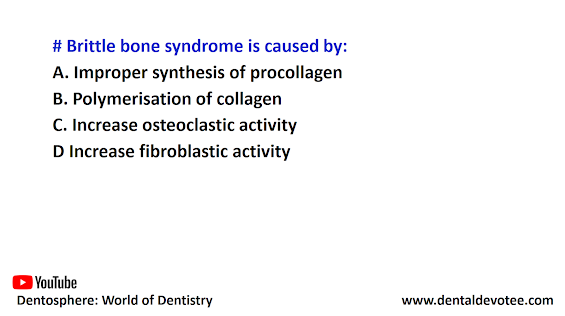# The mitochondrial enzyme involved in the metabolism of clopidogrel and proton pump inhibitors is:
a. CYP 2A
b. CYP 2B
c. CYP 2C19
d. CYP 2C20
The correct answer is C. CYP 2C19.
Like ticlopidine, clopidogrel is also a prodrug. About 50% of the ingested dose is absorbed, and
only a fraction of this is slowly activated in liver by CYP2C19, while the rest is inactivated by other enzymes. It is a slow acting drug; antiplatelet action takes about 4 hours to start and develops over days. Since CYP2C19, exhibits genetic polymorphism, the activation of clopidogrel and consequently its antiplatelet action shows high interindividual variability. Some patients are nonresponsive. Omeprazole, an inhibitor of CYP2C19, reduces metabolic activation of clopidogrel and its antiplatelet action. However, like ticlopidine, the action of clopidogrel lasts 5–7 days due to irreversible blockade of platelet P2Y12 receptors.
Reference: KD Tripathi's Essentials of Medical Pharmacology







